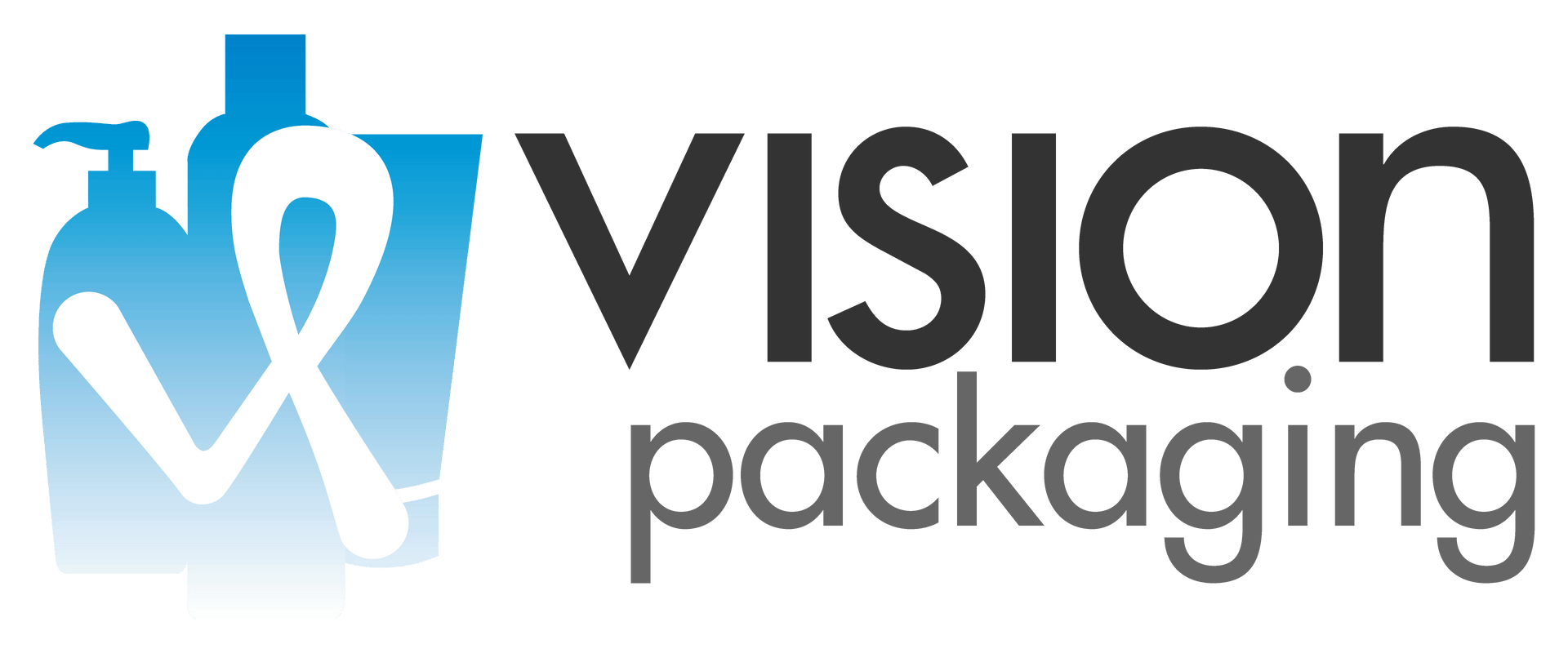At this time Vision Packaging chooses to promote PCR Recycled materials over Bioplastics and Biodegradable.
Although these three words are frequently used in reference to sustainable packaging, often interchangeably, they refer to different processes.
- Bioplastics are made from marine or plant-based materials such as corn and sugarcane.
- Biodegradable plastics are made from traditional petrochemicals engineered to break down more quickly.
- Recycled plastics are made from used plastic materials rather than raw (virgin) petrochemicals.
Ethical Questions:
- Bioplastics from plant-based materials is using land to “grow plastics’ instead of using the land to grow food for the world.
- Some bioplastics, such as PLA, are made from genetically modified corn.
- Bioplastics has questions of deforestation issues with farmers in some parts of the world illegally land clearing to meet growing bio-plastic demands.
- Bioplastics has further issues to soil degradation due to limited crop rotation, thereby potentially destroying the long term viability of the land for future generations.
Carbon Footprint:
- The process of extracting and producing what is ‘single use’ biodegradable plastic consumes raw materials and fossil fuels, expends energy, and emits carbon dioxide, a harmful greenhouse gas.
- When some biodegradable plastics decompose in landfill they produce methane emissions, another powerful greenhouse gas with a very negative climate impact.
- Not all bioplastics are biodegradable. For example, a polylactic acid (PLA) bioplastic is biodegradable, whereas a polyethene terephthalate (PET) bioplastic is not.
- Biodegradable plastics and bioplastics don't always readily decompose and will not ‘breakdown should they be diverted into our Oceans. Some need exposure to UV (ultraviolet) light or relatively high temperatures and, in some conditions, can still take 10+ years to break down. Even then, the science states they may leave behind micro-fragments or toxic residues. This is one of the big unknowns. Every test standard is associated with short-term biodegradation where testing takes place for only one to two years in the lab. We do not know what happens after two years.
Counterproductive:
- Because of the chemical treatment that makes them biodegradable, they cannot currently be recycled alongside traditional plastics and can contaminate the recycling process if they are placed into a standard recycling bin.
- They end up in landfill which takes up space. We are running out of landfill, too.
Instead,
“If you recycle plastic rather than make it from oil, it saves about one tonne of CO2 for each tonne of plastic that’s recycled,” according to sustainability expert Marcus Gover.
Converting used plastics into PCR recycled raw materials to produce new plastics is keeping products away from landfill for longer.
Reducing greenhouse gases is key in the fight against climate change.
Recycling has huge job creation potential, creating 10 to 200 times the jobs created by burying and burning all that stuff,” says Annie Leonard, Executive Director of Greenpeace USA.
So, recycling is good for the economy, for our remaining wildernesses that are yet to be mined and logged, and for the planet’s atmosphere and climate.

